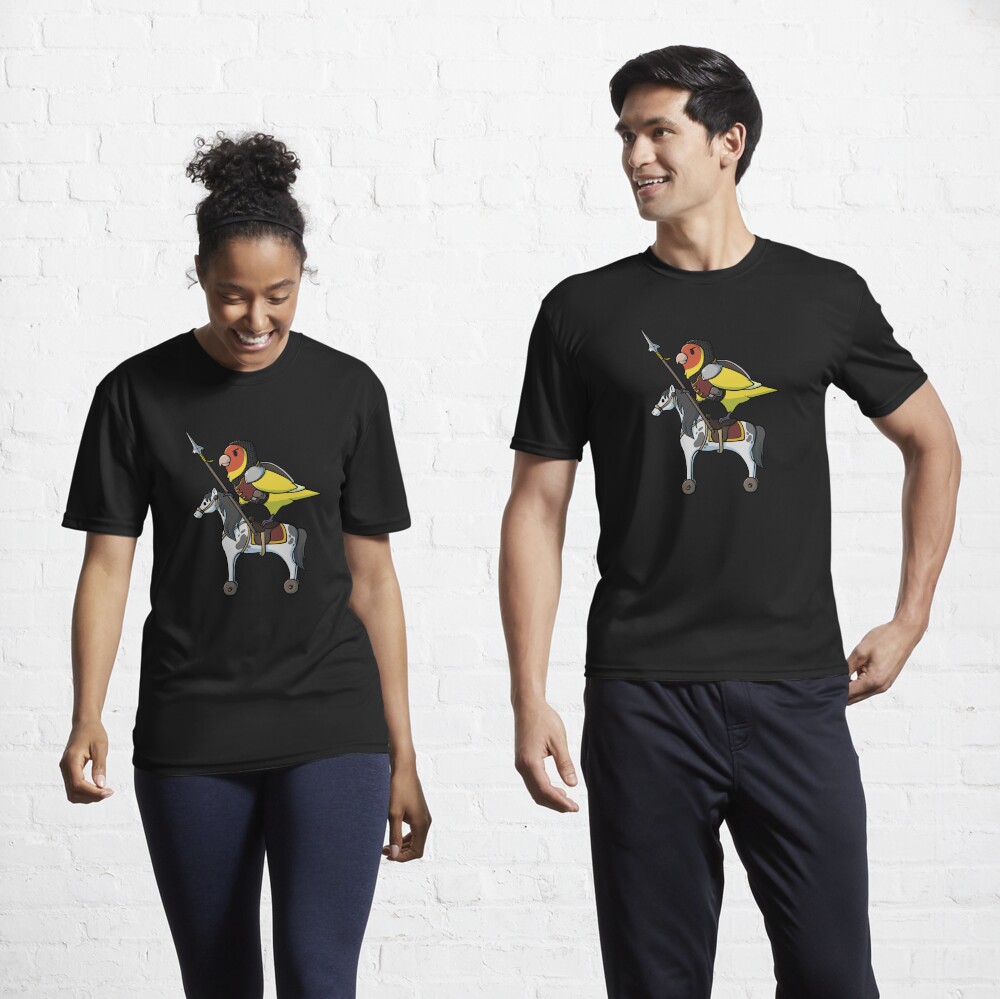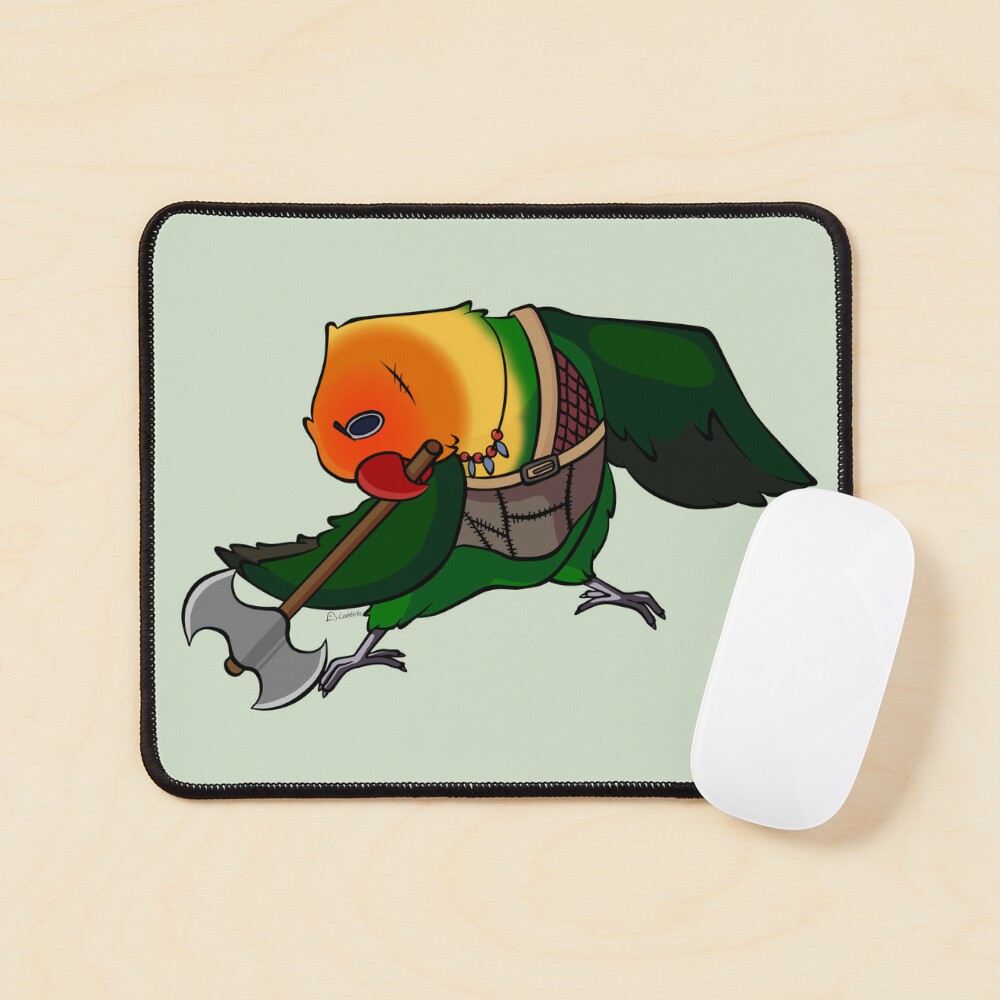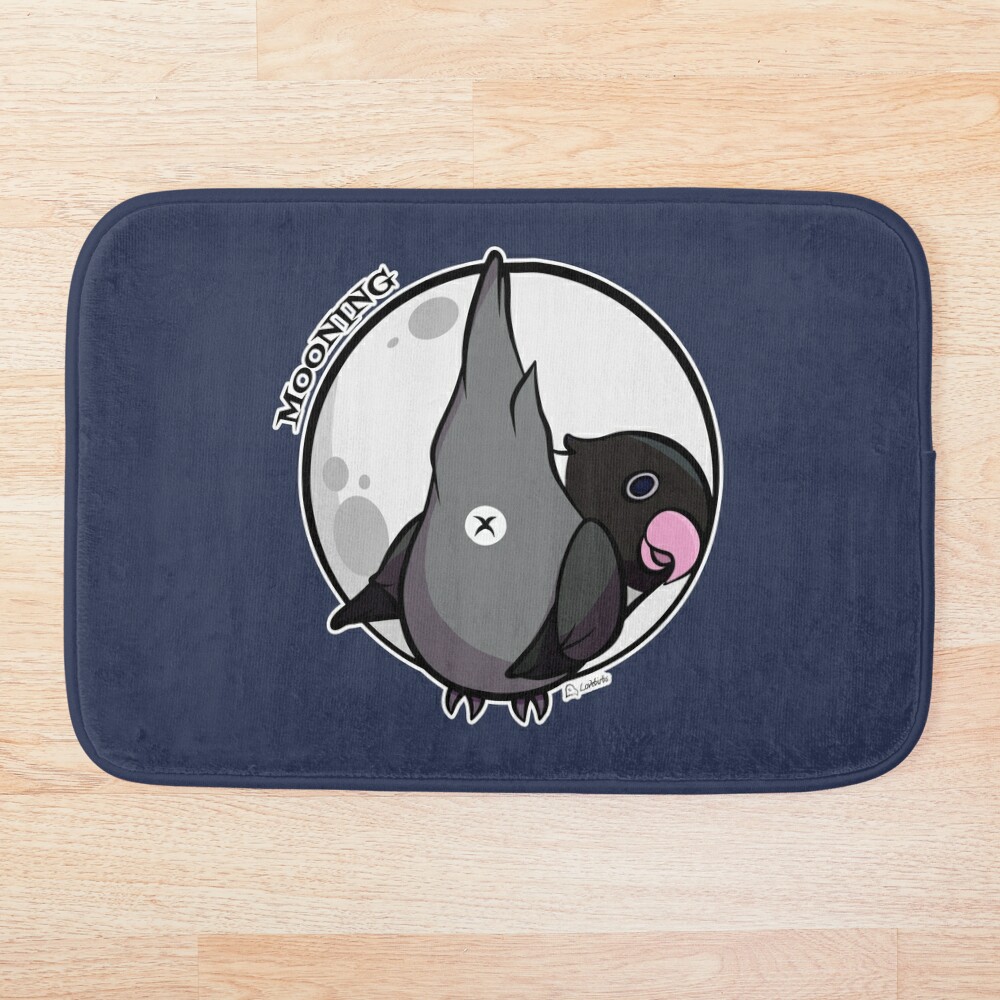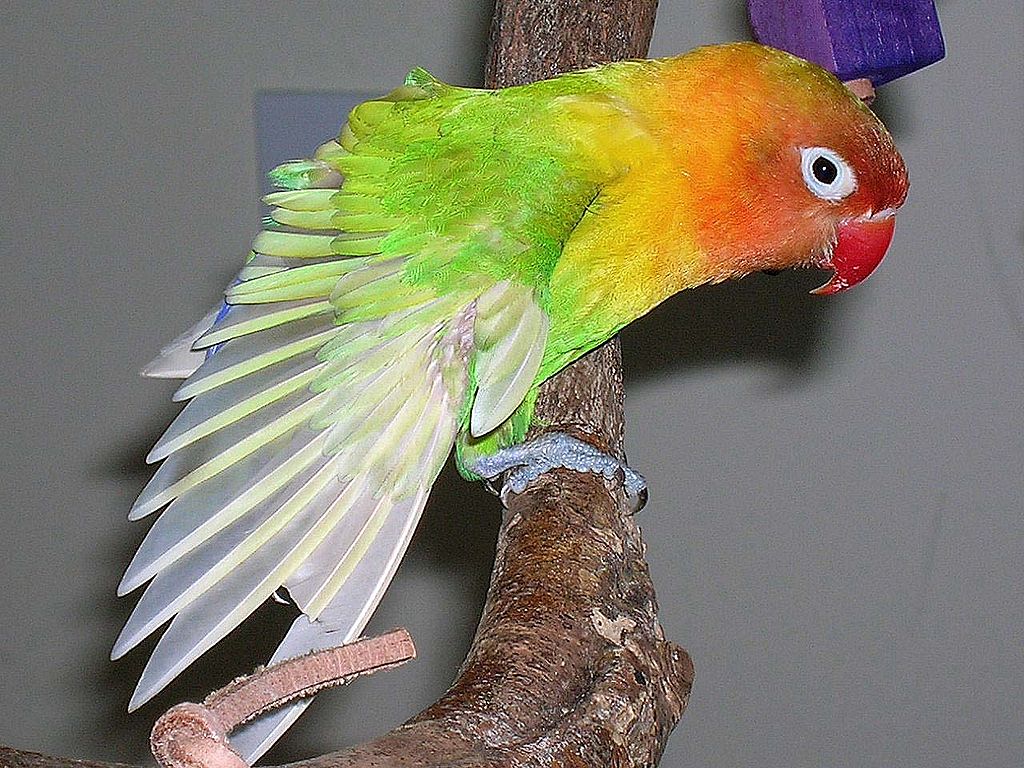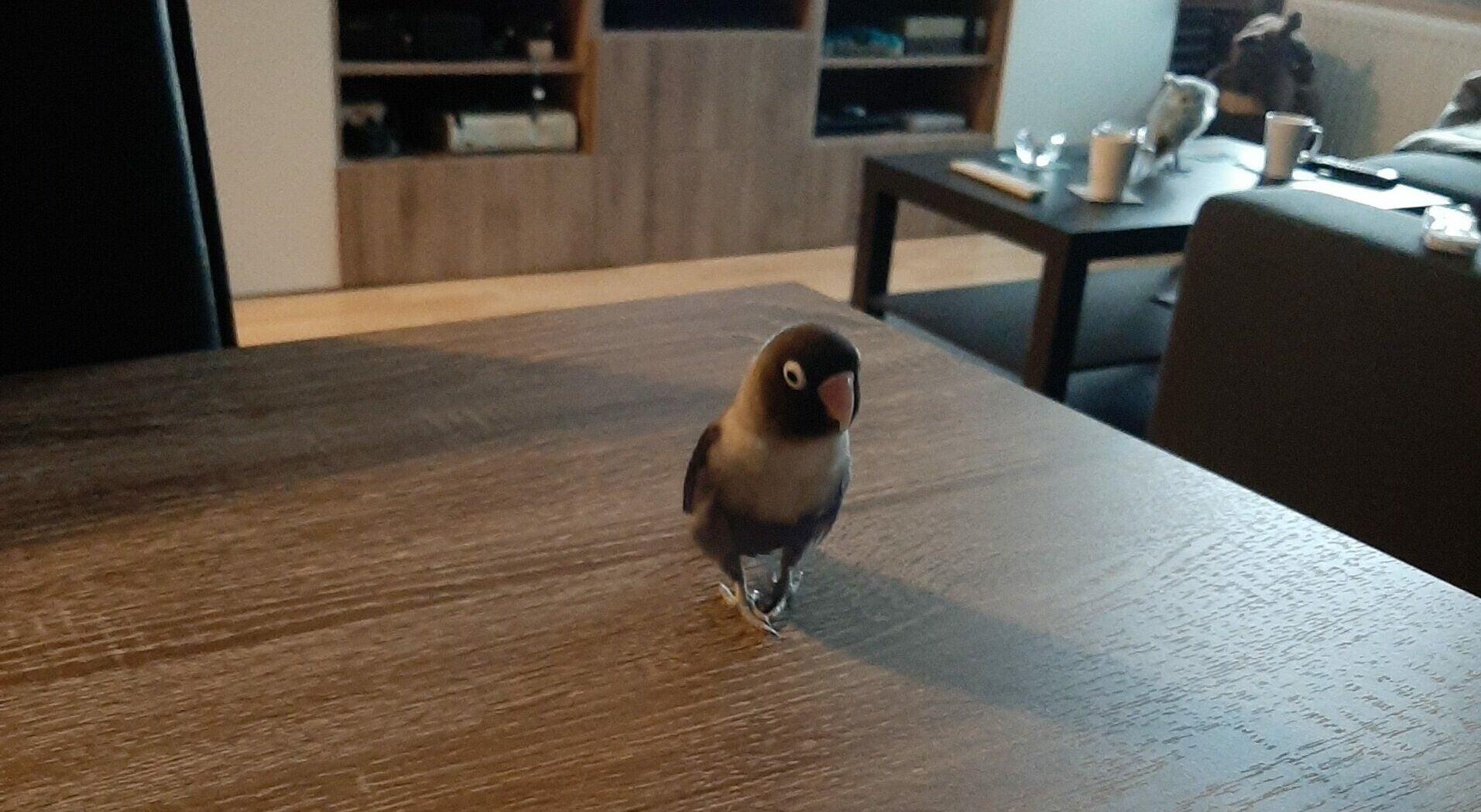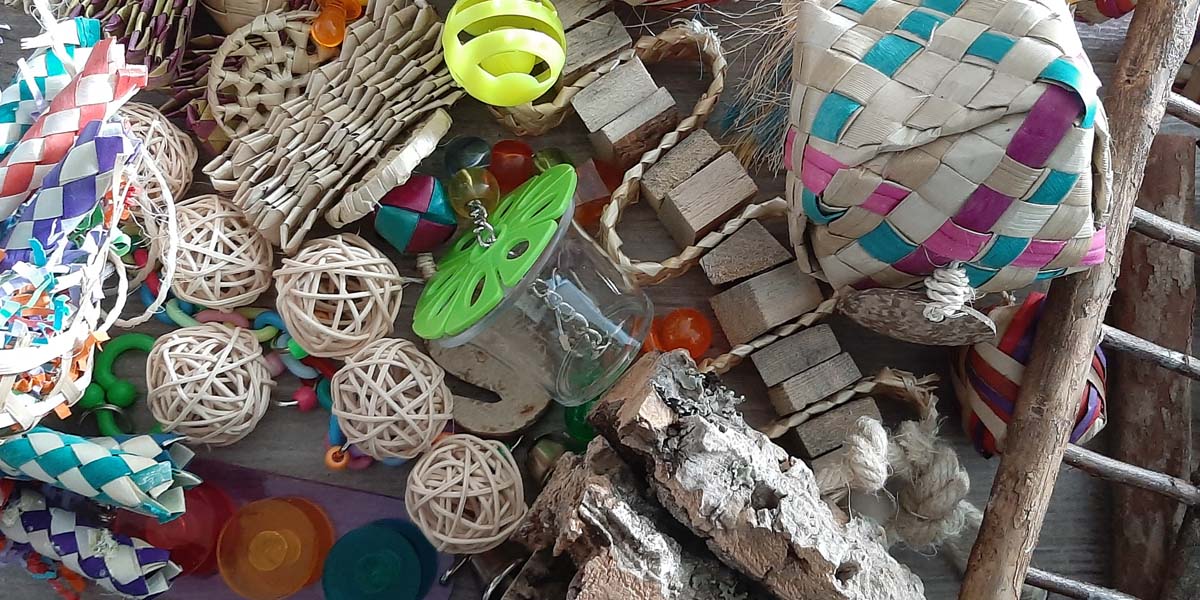A list of safe and unsafe materials for your lovebird
Your lovebird’s safety depends on the materials you use. Be it a perch or a toy, you want to ensure that the materials used will not harm your pet. So I created a complete guide of what materials are safe for your bird and those that are not.
Safe wood material for perches and bird toys
Wood can come from trees, but also plants or grasses (bamboo is a grass). Lovebirds love to chew on things, so a toy (or perch) made of a soft wood is ideal for this. The softest wood, Balsa, is a common material if you want your toys to be destroyed.
A hard wood is better for perches, as your lovebird cannot easily chew it to pieces. Some hard woods that are safe for a lovebird are Manzanita or Java wood. Java wood is a popular material to use in perches.
Below is a list of wood that is safe for your bird.
Note: I’m talking about the wood only, meaning that it is clean of any foliage/fruits, though it may contain bark unless specified otherwise.
- Acacia species
- Alder (White)
- Almond
- Apple
- Arbutus
- Ash (White)
- Aspen
- Bamboo
- Beech
- Birch
- Cherry - Only use this wood when it is dried and there are no sap traces, foliage or bark, as these may contain toxic substances for your bird. Never give your bird a freshly cut cherry branch!
Avoid if there are better options are available. - Citrus
- Cork Oak - Only the cork not the wood from the cork oak.
- Cottonwood
- Crabapple
- Dogwood
- Elm
- Fig species
- Fir species
- Fruitless Mulberry
- Ginkgo - Wood from a female tree may have an unpleasant smell.
- Grape vines
- Grape Palm
- Guava
- Hackberry
- Hawthorn
- Hazelnut
- Hibiscus
- Hickory
- Ironwood - Remove the leaves, they are toxic.
- Java wood
- Larch
- Lilac
- Liquidambar
- Madrona
- Magnolia
- Manzanita
- Maple - No bark.
- Mediterranean Laurel
- Mesquite - Remove the thorns.
- Mimosa
- Mulberry
- Norfolk Island Pine
- Palm
- Papaya
- Pecan
- Pine
- Poplar
- Ribbonwood
- Rose
- Sassafras
- Spruce
- Sweet Gum
- Sycamore
- Tree Fern
- Umbrella Tree
- Vine Maple
- Walnut
- Willow
Note: list may be incomplete.
Unsafe wood material you should never give your lovebird
When talking about an unsafe wood, I’m referring to the potential toxicity of the wood to lovebirds.
Every wood can be dangerous, if you do not maintain it. Keep an eye on your lovebird’s toys and perches and check for wood fibers, thorns, splinters or sharp edges.
Here is a list of wood material that is unsafe for your bird:
- Alder (Red)
- Apricot
- Arrowhead vine
- Australian Flame Tree
- Avocado
- Azalea
- Baneberry
- Black Locust
- Box Elder
- Boxwood
- Buckthorn
- Burdock
- Cacao
- Camel bush
- Canary Bird Bush
- Cannabis
- Castor Bean
- Cedar
- Chalice
- Cherry
- Chinese Popcorn
- Chinese Snake Tree
- Chinese Tallow
- Common Sage
- Coriander
- Crepe Myrtle
- Datura
- Elderberry
- Hemlock
- Holly
- Honey Locust
- Horse Apple
- Huckleberry
- Jasmine
- Juniper
- Kalmia
- Kentucky Coffee Tree
- Laurel
- Lupin
- Mango
- Mistletoe
- Mock Orange
- Nectarine
- Nutmeg
- Oak
- Peach
- Pencil tree
- Pitch Pine
- Plum
- Prune
- Red Maple
- Red Sage
- Redwood
- Rhododendron
- Sequoia
- Sitka Cedar
- Sumac
- Weeping Fig
- Witch Hazel
- Wisteria
- Yellow cedar
- Yew
Note: list may be incomplete.
You should also never use plywood or treated wood, it contains arsenic.
Safe and unsafe rope materials
Rope toys and perches should be 100% natural fibers. Safe rope materials are:
- Sisal
- Hemp
- Jute
- Paper rope
If you have a lovebird that loves to gnaw and destroy the rope, avoid cotton based rope toys and perches, or remove them from their cage when leaving home.
Never give your lovebird nylon.
More about rope toys and perches can be found in the post "Are rope toys and perches safe for lovebirds?".
Fabric based toys and the dangers
In general no fabric is safe for your lovebird. This is because birds like to shred and chew things and can ingest the fibers.
When you cannot watch your lovebird, keep it away from any fabric material. This includes happy huts.
When your bird interacts with any kind of fabric material, supervise it.
If the material is frayed, even a bit, remove it from your lovebird.
And I repeat; don’t leave your bird unsupervised with fabric material.
Are happy huts safe in your lovebird's cage?
No.
Are snuggle huts safe in your lovebird's cage?
No.
Are fabric hammocks safe in your lovebird's cage?
No.
Cage covers
Cage covers are also made of fabrics, so make sure your bird cannot reach it.
But it is advertised as safe by bird toy manufacturers...
Welcome to the world of corporate greed.
In other words, not all manufacturers have the best interest in mind for your lovebird. Manufacturers tend to choose the cheap option, which is often cotton. Cotton isn’t safe for your bird all though it will often be marketed as durable and strong..
If you bought toys with unsafe materials, try replacing those parts, like I did with some of Apache’s toys.
Safe metals for a lovebird
Metal is nearly unavoidable when taking care of your lovebird. You will find it in toys, cages and food bowls.
Some safe metals are:
- Stainless steel
- Nickel plated
- Steel
- Iron
- Aluminum
- Chrome (chromium/chrome plated)
Stainless steel is a strong, durable material that is not easily destroyed by your bird’s beak and comes with the bonus of being easy to clean.
Toys, like bells, are often made with stainless steel.
Nickel plated toys are also safe to use. Just make sure you don’t have a nickel allergy that is so bad you cannot touch it.
When using steel and iron, you should keep in mind that they will rust when they come in contact with water (which you will need for proper cleaning). Rust is toxic when ingested by your lovebird. So while these two metals are safe to use, other options are better.
Unlike steel and iron, aluminum doesn’t rust. This will corrode into non-toxic aluminum oxide.
Chrome may contain zinc, which is toxic. If you don’t know if it does, avoid using the material.
Metals you should avoid having your lovebird come in contact with
Avoid galvanized metals at all cost. Galvanized materials have a layer of zinc on them which can become toxic if your bird is in contact with it.
The following metals are also toxic:
- Copper
- Tin
- Brass
- Lead
- Zinc
Avoid these metals in paints as well.
Always check the paint you are using not just in the birds cage but also around the home. Paints that reduce or stop rusting often carry zinc in them and some times lead paint can be found in some homes. This can be toxic not only to your lovebird but also for you and should be removed if possible.
Safe and unsafe leather
When giving your lovebird leather, make sure it is not tanned in arsenic or any chemicals for that mater. Vegetable tanned leather is safe.
Avoid having your bird chew on old leather like shoes, belts or wallets as they may contain toxic chemicals.
Make sure to keep the leather clean.
Moist, wet or soiled leather can breed bacteria. It is best you replace such leather goods.
Plastic & acrylic
Some people prefer not to give their lovebirds any unnatural material such as plastic or acrylic. However plastic and acrylic are safe to give to your lovebird as long as it is at least 0.48cm (0.1875 inches) thick.
Check on the toys if they are broken or partly broken, you don’t want to give your lovebird a chance to swallow a piece of plastic or acrylic.
Safe glue for bird toys
Not every kind of glue is safe to use. I use Elmer’s glue, natural version it is non-toxic glue that you could use if you want to make your own toys.
You want make sure the glue is dry before placing it in the cage with your lovebird.
Make sure your bird is not chewing on the glue.
Instead of using glue, try tying things together with a safe rope (sisal, hemp or jute) or make your own homemade glue from cornstarch (though it might not be strong enough).
